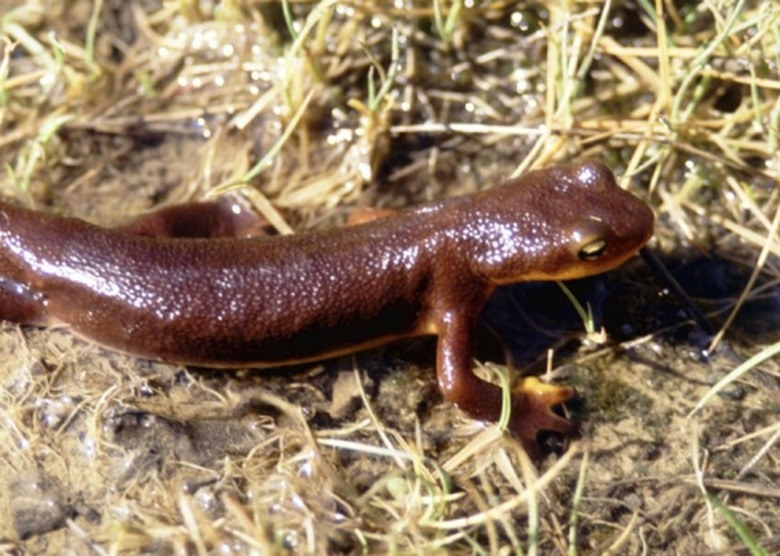Salamanders & Newts In The Garden
Salamanders have a long body that is covered by moist skin. They belong to the class of species known as amphibians. Specifically, newts and salamanders have tails when they are adults.
Salamanders have a long body that is covered by moist skin. They belong to the class of species known as amphibians. Specifically, newts and salamanders have tails when they are adults. Salamanders are also called newts, as the distinction between the two will vary depending on the location; Europeans tend to call salamanders, newts. Salamanders are carnivorous and can be very beneficial to a garden. There are actually three different types of salamanders: aquatic, semiaquatic and terrestrial. The two that are likely to be found in a garden are semiaquatic and terrestrial.
- Salamanders have a long body that is covered by moist skin.
- Salamanders are carnivorous and can be very beneficial to a garden.
Food
Salamanders and newts can be beneficial to a garden because of what they eat. Salamanders do not eat the plants but instead eat invertebrates and insects found in the garden. They are not discriminate and will eat the beneficial insects along with the harmful insects. You can think of salamanders as an all-natural, do-it-yourself form of garden pest control.
Environment
Unlike other amphibians, salamanders do not require the sun to keep themselves at the proper temperature. Instead they absorb moisture through the skin. Therefore salamanders only tend to come out at night and when the weather is wet or moist. Ensuring that there are damp or moist spots in the garden will provide a home for salamanders. A decomposing log, pile of moist leaves or several large puddles will attract salamanders. Shade is also very important and some shrubs for cover will be appealing to a salamander.
- Salamanders and newts can be beneficial to a garden because of what they eat.
Ecosystem Indicators
Salamanders and newts are highly dependent on microclimates and changes to these climates. They are also dependent on fresh water, so a change in the salamander population can be an indicator of water problems, changes in plant and animal populations within the garden and general garden health. Salamanders are good indicators because they are much more abundant than other types of amphibians and are very sensitive to any stresses to the garden ecosystem. Salamander populations have been found to dramatically decrease due to timber harvesting, sudden acidification and climatic changes that dry out the upper layer of garden soil.
Endangered Species
Creating a safe haven for salamanders and newts in your garden can also help reestablish salamanders. Due to land clearing and development, many salamanders are becoming endangered as their habitats are disappearing. The habitats of many endangered and threatened salamanders are quite specific and planting a garden with plants and water specifically for salamanders can help these creatures survive. As of 2005, there were 10 salamander species listed as endangered under the Endangered Species Act.
- Salamanders and newts are highly dependent on microclimates and changes to these climates.
- They are also dependent on fresh water, so a change in the salamander population can be an indicator of water problems, changes in plant and animal populations within the garden and general garden health.
